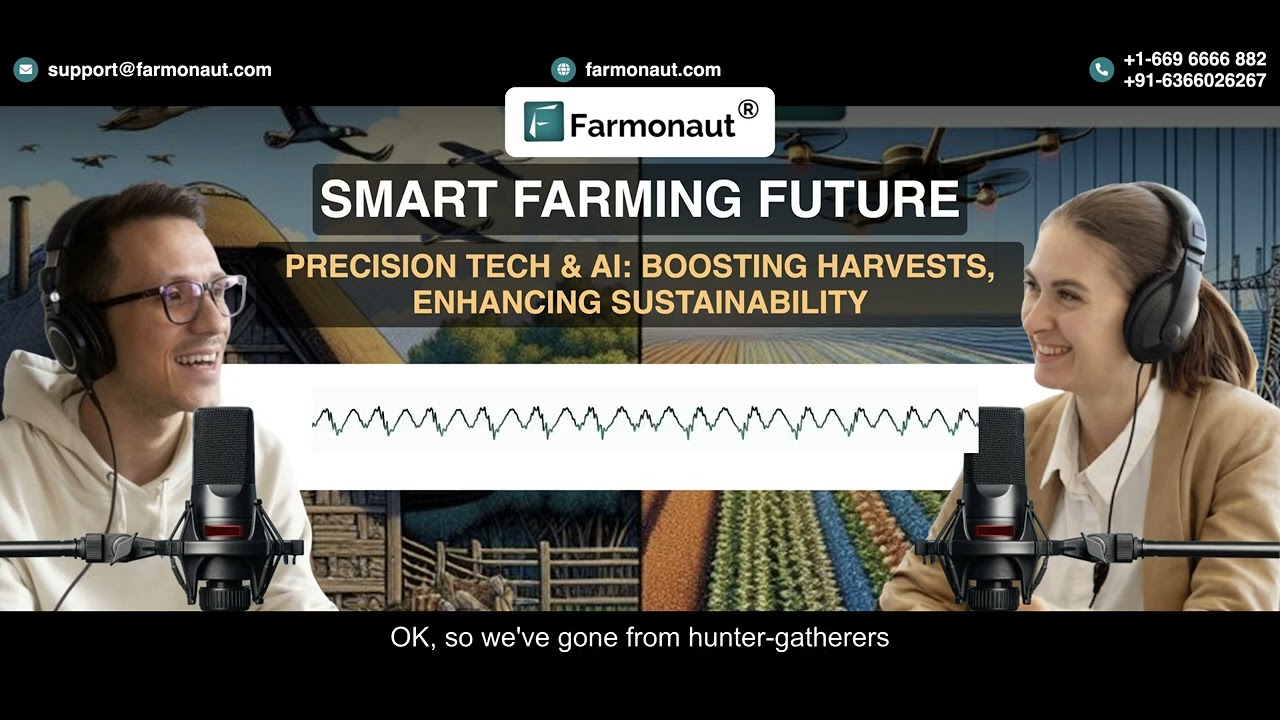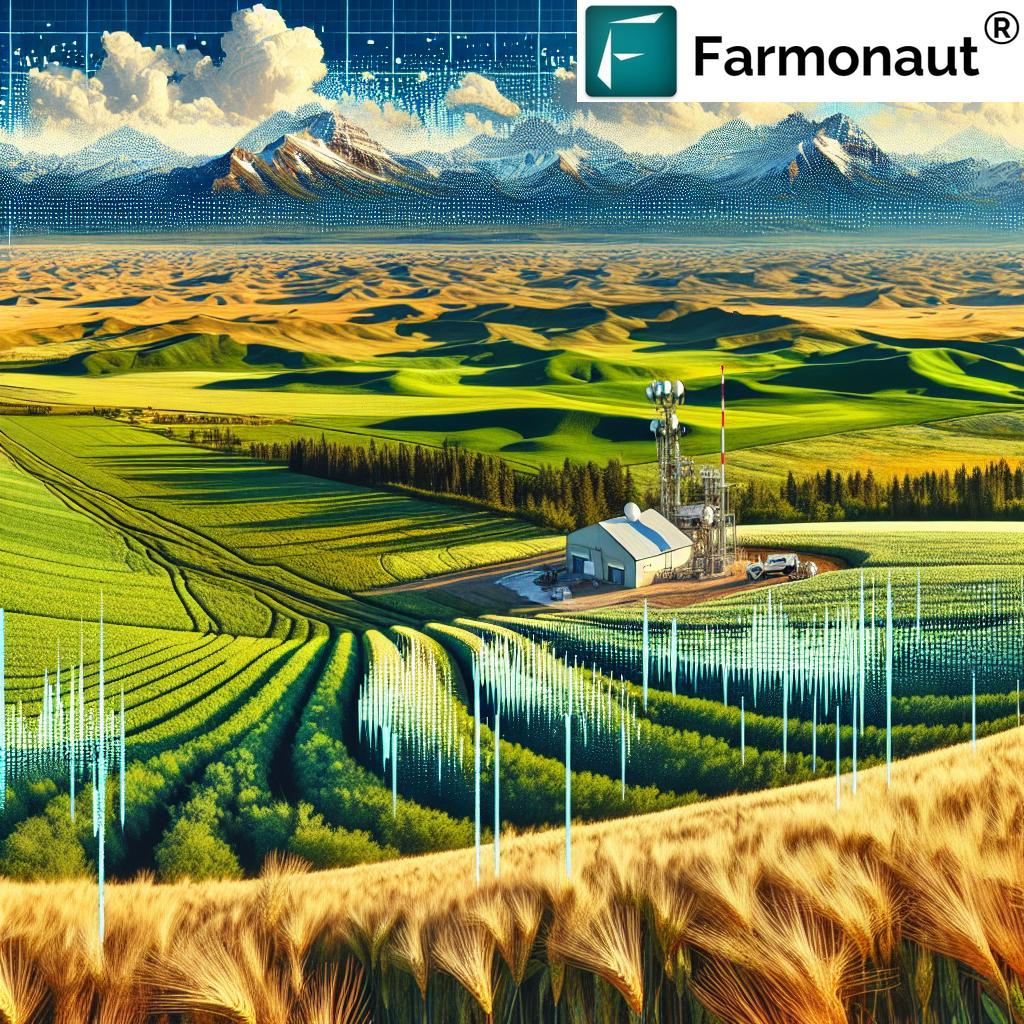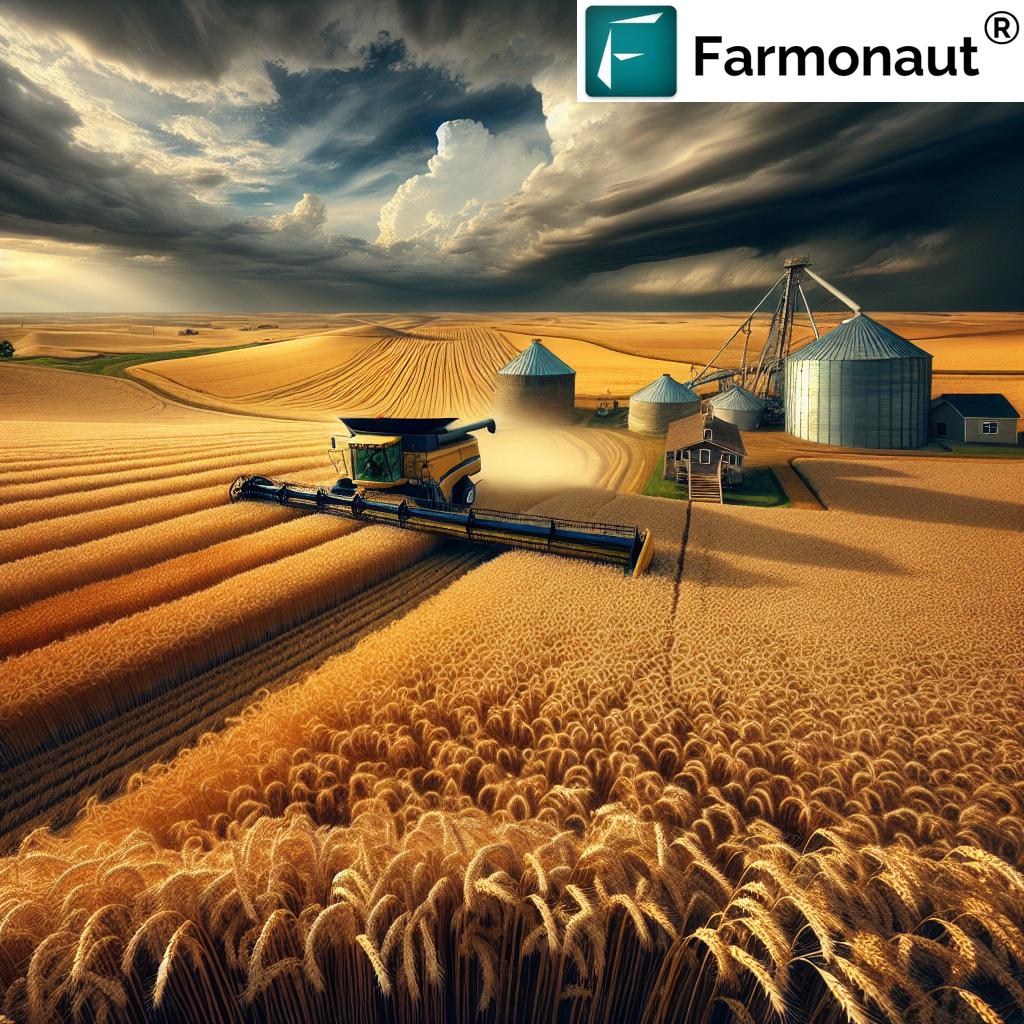Best Fertilizer for St Augustine Grass: Top 7 Eco Tips (2025)
St. Augustine Grass Fertilization: Best Practices for Thriving Lawns in 2025
St. Augustine grass (Stenotaphrum secundatum) remains a popular warm-season turfgrass choice in the southern United States, subtropical regions, and recreational landscapes. Its thick, dense, and shade-tolerant growth is loved in residential, commercial, and public spaces alike.
However, to maintain its lush green appearance, thriving in 2026 and beyond requires the right fertilization approaches—especially those that focus on sustainability and environmental responsibility
With environmental regulations tightening in states like Florida and beyond, best fertilizer for St Augustine grass now means integrating:
- Balanced nutrient management, based on soil testing
- Sustainably sourced, slow-release and natural grass fertilizer
- Summer fertilizer for grass applied with optimal timing
- Integrated eco-friendly practices for soil and turf health
Fertilizer & Growth Trivia
“Up to 70% of St Augustine grass growth occurs in summer—timing fertilizer applications boosts lawn density and color.”
Nutrient Requirements of St Augustine Grass
To select the best fertilizer for St Augustine grass, it’s essential to understand exactly what nutrients this turfgrass needs to thrive:
- Nitrogen (N): Primary driver for leaf growth and vibrant green color.
- Phosphorus (P): Supports robust root development & early establishment.
- Potassium (K): Improves drought tolerance, disease resistance, and stress adaptation.
St Augustine fertilizer should typically contain a higher proportion of nitrogen relative to phosphorus and potassium. Common ratios: 3:1:2 or 4:1:2 (N:P:K). However, nutrient requirements can shift dramatically based on your current soil profile and pH.
Therefore, soil testing is critical prior to any fertilizer application. This ensures amendments are tailored, without excess nutrients—vital for both lawn health and environmental stewardship.
Essential Nutrients for St Augustine Grass
- Nitrogen: For active, lush leaf growth and healthy green appearance
- Phosphorus: Strong root system, especially important in establishment/renovation
- Potassium: Disease resistance and drought endurance
- Micronutrients: (Iron, manganese, zinc, etc.) for enhanced color and resilience
The key is to maintain a balanced supply of essential nutrients—not too much, not too little. Over-fertilization leads to excessive growth, pest problems, and pollution; under-fertilization results in weak, pale, thin lawns.
Why Soil Testing Matters for Eco Lawns
Soil nutrient testing isn’t optional for sustainable St Augustine grass care in 2025–2026. DIY kits or professional labs measure:
- N, P, K levels—so you never overuse fertilizer
- Secondary nutrients and micronutrients for health and color
- Soil pH—ensuring nutrients remain available and effective
Results guide your fertilizer choice, application rate, amendments, and timing.
Top 7 Eco Tips for Best Fertilizer for St Augustine Grass (2025-2026)
-
Use Slow-Release, Low-Runoff Nitrogen Fertilizers
Slow-release forms provide steady nutrients over an extended period, reducing leaching into groundwater. This is especially important in high-rainfall and environmentally-sensitive regions like Florida and the Gulf Coast. Look for “water-insoluble nitrogen” or controlled-release labels on products.
-
Opt for Natural & Organic Fertilizer for St Augustine Grass
Composted manure, biosolids, seaweed extract, or formulated blends supply N-P-K plus vital micronutrients, while dramatically improving soil structure and microbial life. These natural grass fertilizer options are foundational for modern environmental lawn practices in 2026. -
Tailor Your Fertilization Regimen with Soil Testing
Adjust nutrient ratios and application rates annually, ensuring you never apply nutrients in excess of your grass’s requirements. -
Apply Multiple Light Feedings Instead of One Heavy Dose
Split summer fertilizer for grass into 2–4 light applications, spaced 6–8 weeks apart, to avoid surges that promote disease and runoff. -
Add Organic Matter and Amendments Regularly
Incorporate compost, biochar, or humic acids to boost soil water retention and support healthy turf—even during drought or heat waves. -
Avoid Fertilizer “Burn” and Runoff by Watering Wisely
Best practices involve irrigating just after fertilizer application—but with moderation, to incorporate nutrients into the root zone without runoff risk. -
Enhance Color and Resilience with Micronutrients
Products fortified with iron or manganese improve the visual appeal and stress tolerance of St Augustine grass without contributions to N or P runoff.
Comparison Table: Eco-Friendly Fertilizers for St Augustine Grass
| Fertilizer Name | Estimated N-P-K Ratio | Primary Ingredients | Eco-Friendly Certification | Estimated Application Rate (g/m²) | Recommended Application Season | Environmental Benefits | Estimated Price Range (per kg) |
|---|---|---|---|---|---|---|---|
| Composted Organic Matter | 1-1-1 | Yard & food waste, biosolids | Yes | 400-800 | Spring, Fall | Boosts microbial life, improves soil structure | Low (often free or <$0.5) |
| Slow-Release Synthetic (Eco Formulated) | 24-0-11 | Polymer/urea, sulphate of potash | Yes (Eco-Label) | 30-40 | Late Spring, Summer | Reduces leaching, minimizes impact | $3–$5 |
| All-Natural Seaweed-Based Fertilizer | 1-0-2 | Seaweed extract, fish hydrolysate | Yes | 100–150 | Spring, Summer | Stimulates root & turf health | $8–$13 |
| Alfalfa Meal | 3-1-2 | Alfalfa plant meal | Yes (OMRI) | 200 | Spring | Adds organic matter & micronutrients | $2–$4 |
| Fish Emulsion | 5-1-1 | Hydrolyzed fish | Yes | 50–100 | All Growing Season | Supports microbe activity, natural growth | $6–$10 |
| Humic Acid Amendment | 0-0-1 | Humic acids, fulvic acids | Yes | 20–60 | Spring, Summer | Improves soil health and retention | $4–$8 |
| Iron-Enriched Natural Blend | 8-0-0 (+ Fe, Mn) | Plant-based, ferrous sulfate, manganese | Yes | 30–50 | Summer | Deepens green color, boosts stress resistance | $5–$9 |
Summer Fertilizer for St Augustine Grass: Best Timing & Application Practices
St Augustine grass is most actively growing from late spring through summer, making this the prime “feeding” period. Proper timing and multiple applications are crucial for healthy, sustainable lawns—especially in the hot, humid southern United States and subtropical areas.
Proper Application Calendar (2025–2026)
- Late Spring/Early Summer: First application—kickstarts active leaf and root growth.
- Mid-Late Summer: Second light application—maintains vigor, color, and stress tolerance.
- Early Fall (in warm zones): Optional third feeding for extended green and dense appearance.
Split applications reduce risk of runoff, fertilizer burn, and environmental impact by delivering nutrients only as grass and soil need them.
How to Apply for Maximum Effect & Minimal Impact
- Evenly distribute fertilizer using a broadcast spreader at the recommended rate for your product.
- Water lightly immediately after application, unless rainfall is anticipated.
- Avoid fertilizing if heavy rain is forecast—prevents runoff and waste.
- Respect local regulations (e.g., summer fertilizer bans in Florida counties to protect waterways).
- Always sweep granules off driveways or pavement to prevent pollution.
Natural & Organic Fertilizer Options for Sustainable Lawns (2025-2026)
As environmental awareness grows among turf managers, homeowners, and commercial landscapers alike, there’s a rapid shift toward natural grass fertilizer and organic amendments for St Augustine grass lawns.
Popular and Effective Bio-Based Fertilizers:
- Composted Organic Matter: Improves soil structure, aeration, and microbial health while releasing nutrients slowly. Perfect for both residential lawns and large landscapes.
- Fish Emulsion: Supplies gentle, plant-available nitrogen with secondary benefits for soil microbes and root systems.
- Seaweed Extract: Delivers potassium and trace elements, supports stress resistance, and stimulates root growth during periods of intense heat.
- Alfalfa Meal: Adds both nitrogen and phosphorus, while also enhancing soil organic matter.
- Humic and Fulvic Acids: Increase nutrient uptake efficiency and improve water retention.
Eco-friendly options not only maintain lawn aesthetics but also foster sustainable soil health and reduce nutrient runoff—key for environmental compliance in sensitive regions.
Eco Benefits of Organic, Natural Fertilizers
- Reduced Risk of Nitrogen & Phosphate Pollution: Highly plant-available, little leaching or runoff
- Improved Drought Resilience: Water retention improved by organic matter leads to stronger growth during heat
- Supports Soil Microbial & Insect Biodiversity: Healthy soil is the foundation of lush, pest-resistant turf
- Aligns with Regenerative Agriculture Trends: Healthier landscapes and positive climate impact
Reduce Your Lawn’s Carbon Footprint
Want to monitor and reduce the greenhouse impact of your fertilization for St Augustine grass?
- Learn how Farmonaut’s carbon footprinting dashboard helps you track emissions, implement eco changes, and meet green goals with satellite insights and actionable data.
Integrated Pest and Disease Management for St Augustine Grass
Sustainable landscape fertilizer management works hand-in-hand with integrated pest and disease strategies:
- Right fertilizer timing and amounts discourage fungal outbreaks and pest surges caused by excess leaf growth or thatch.
- Use natural and biological controls: Nematode-safe products, beneficial insects, and microbial sprays limit pests, especially when chemical pesticides are not eco-compliant.
-
Monitor turf health and stress precisely:
- Yellowing or “off” color may indicate iron/manganese deficiency
- Pale, weak growth may be caused by lack of nitrogen—apply organic or slow-release fertilizer accordingly
Modern Satellite Insights for Eco-Augustine Lawn Management
In 2026 and beyond, digital tools and satellite technologies—such as those offered by Farmonaut—empower smarter, greener St Augustine grass fertilization and care.
By providing real-time satellite crop and vegetation monitoring, weather intelligence, and AI-powered advisory, these solutions support eco-conscious nutrient and resource management for:
- Residential, HOA-managed, and commercial landscapes
- Institutional turf (golf courses, parks)
- Government-run recreational spaces in the southern United States and all subtropical regions.
For those responsible for large landscape and lawn care operations:
-
Explore Farmonaut’s large scale farm management app
for monitoring, planning fertilizer/irrigation, and getting high-resolution eco health reports for big turf parcels. - Use Farmonaut fleet management tools to optimize equipment logistics and reduce environmental impact in professional lawn care operations.
- Access all Farmonaut features on the web or in-app for on-the-go decision-making and field management.
Satellite data, AI, and blockchain-based traceability bring new levels of efficiency, compliance, and sustainability for anyone fertilizing St Augustine grass at scale.
Digital Apps & Farmonaut Satellite API: Streamlining Eco Lawn Care
For developers and businesses seeking to integrate precision agriculture and sustainability into their own lawn/landscape tech or ERP, Farmonaut offers:
- Farmonaut Satellite Monitoring APIs – gain up-to-date, scalable data on vegetation health and soil for smarter fertilizer management
- Developer Documentation for Farmonaut APIs – for weather, soil, and crop health integration in web/mobile tools
- Blockchain-Based Product Traceability – ensure authenticity and responsible sourcing in fertilizer supply chains for professional landscapes
Sustainable Fertilizer Trivia
“Organic fertilizers can reduce soil nitrogen runoff by up to 40%, supporting eco-friendly St Augustine grass maintenance.”
Frequently Asked Questions: Best Fertilizer for St Augustine Grass
Q1: What is the ideal N-P-K ratio for St Augustine fertilizer?
The ideal N-P-K ratio is 3:1:2 or 4:1:2. However, always test your soil first—the exact best fertilizer for St Augustine grass will depend on your current soil nutrients and pH.
Q2: When is the best time to fertilize St Augustine grass?
The primary active growth period is late spring through summer. Fertilize 2–4 times with light applications spaced over this period.
Q3: Should I choose an organic or synthetic fertilizer?
Organic, composted, and bio-based fertilizers are strongly recommended to support environmental sustainability, reduce runoff, and improve soil structure.
Q4: How do I avoid fertilizer “burn” or runoff?
- Use slow-release or organic fertilizers, applying at the manufacturer’s recommended rate.
- Water in after spreading, but avoid heavy irrigation or application before expected rain.
Q5: Can Farmonaut apps help my small lawn?
Yes—with satellite-driven soil and vegetation health monitoring, all users can optimize fertilization practices and environmental stewardship, whether you manage a home lawn or several acres.
Q6: Is soil testing mandatory every year?
For sustainable and precise management, annual testing is recommended. If your landscape undergoes major amendments or environmental shifts, test more frequently.
Q7: Are micronutrients essential for St Augustine grass?
Yes, especially iron and manganese. Deficiency leads to yellowing and poor color, especially in sandy or high pH soils.
Conclusion: Fertilizing for Resilient, Sustainable St Augustine Lawns in 2025–2026
The best fertilizer for St Augustine grass in 2025 and beyond is not a single product, but a combination of soil-informed, sustainable practices:
- Always test your soil first—balance N, P, K, and micronutrients based on results
- Use slow-release or natural grass fertilizer for eco-friendly performance and soil health
- Split applications across the active season to optimize uptake and color
- Supplement with organic matter and regular amendments
- Monitor turf visually and with data tools to correct any deficiencies promptly
Sustainable fertilization and management ensure your St Augustine grass stays lush, dense, and green all summer long, while protecting the health of your local environment and waterways.
Farmonaut Subscriptions – Affordable Satellite Monitoring for Lawn & Turf Professionals
Interested in scaling up your eco-lawn management with real-time, AI-driven, satellite monitoring? Check out our Farmonaut subscription plans below for individuals, businesses, and institutional users—all designed to make environmental data accessible and actionable:




















